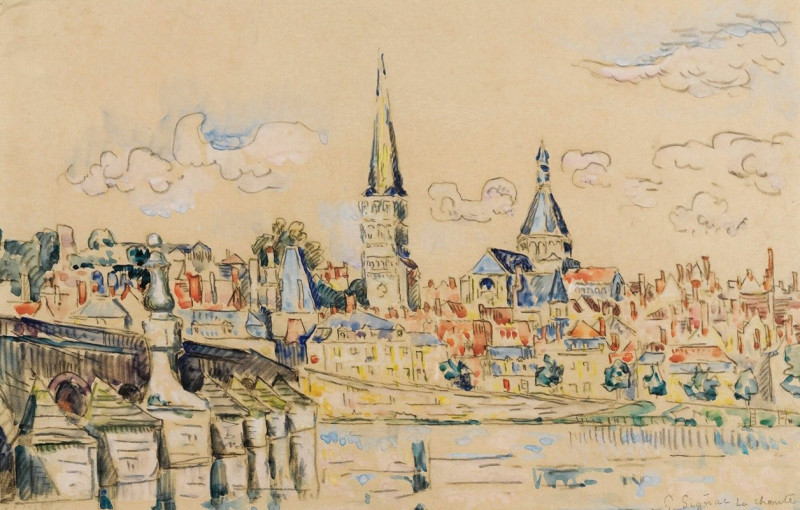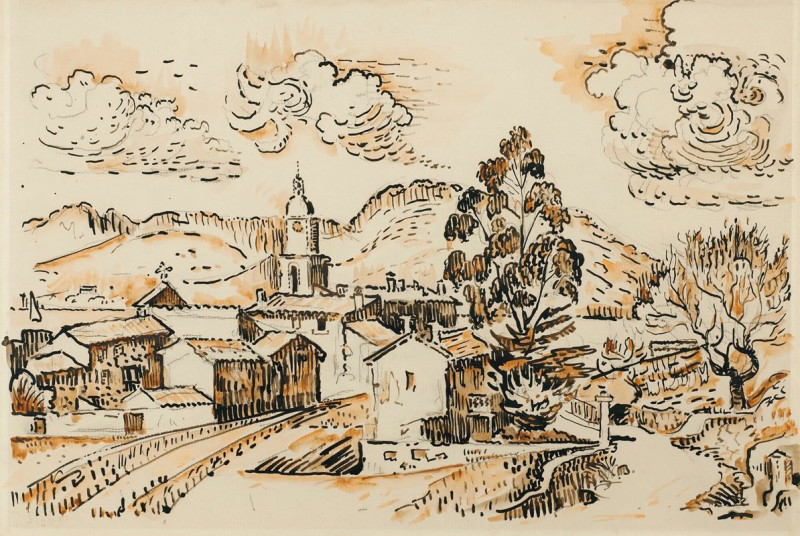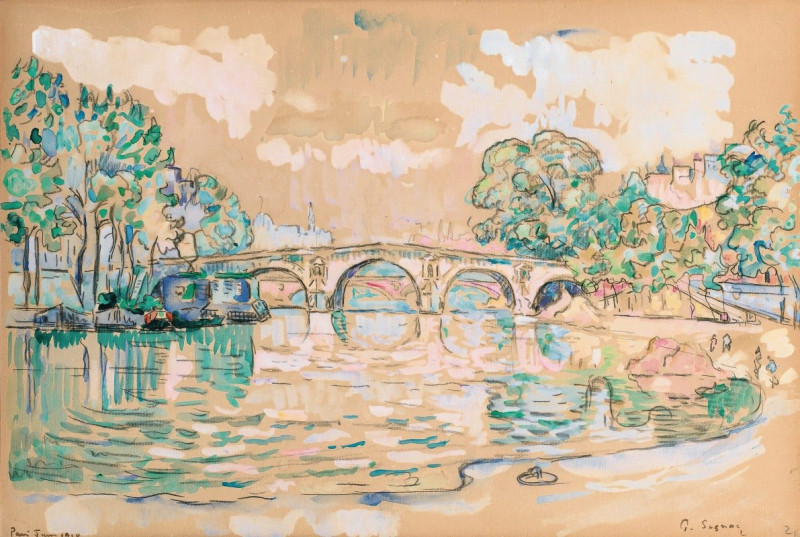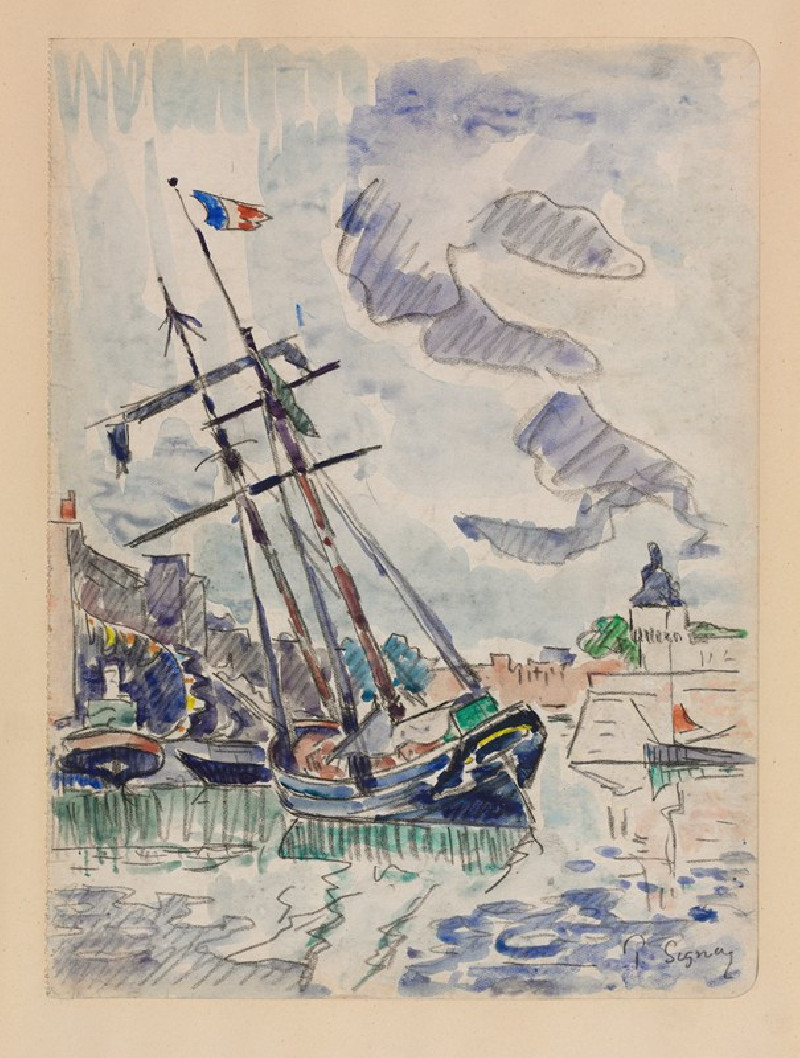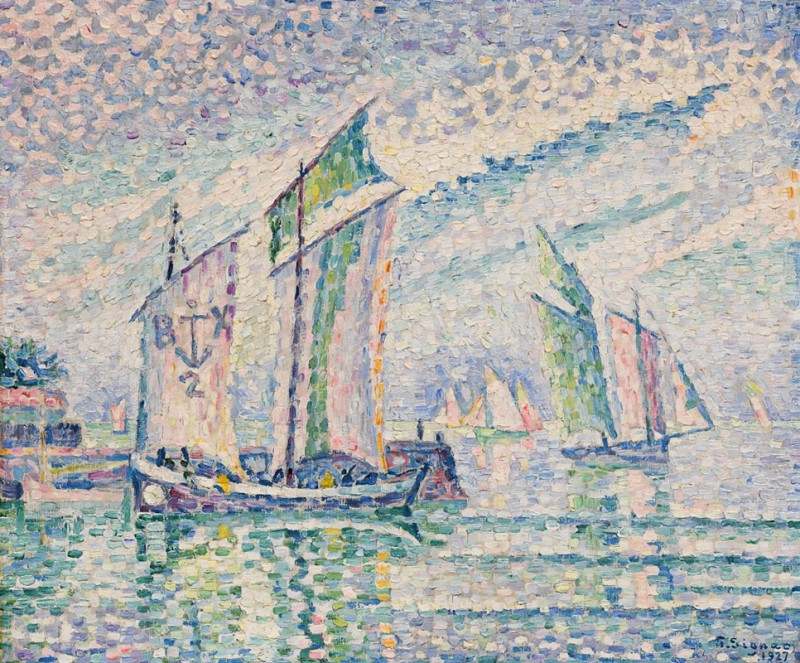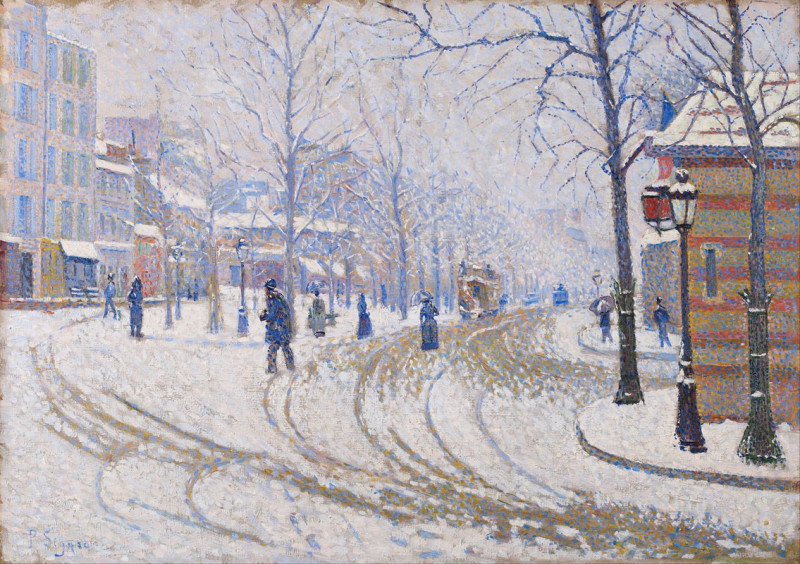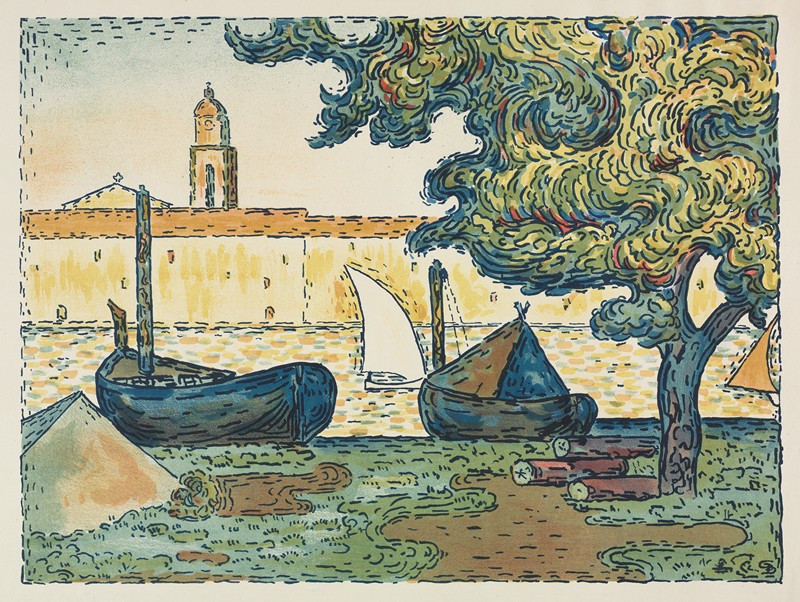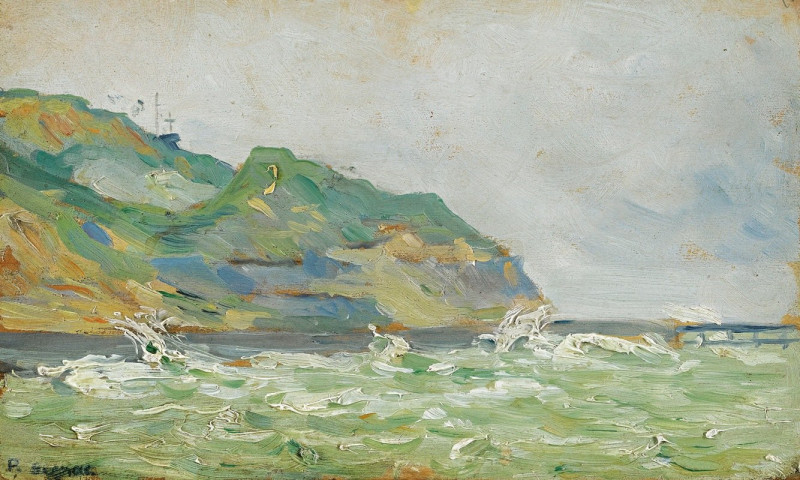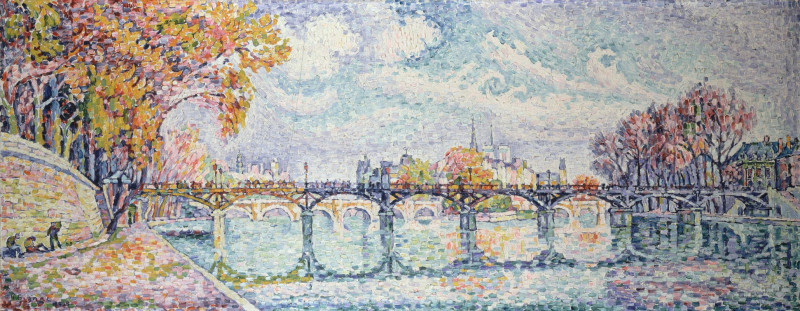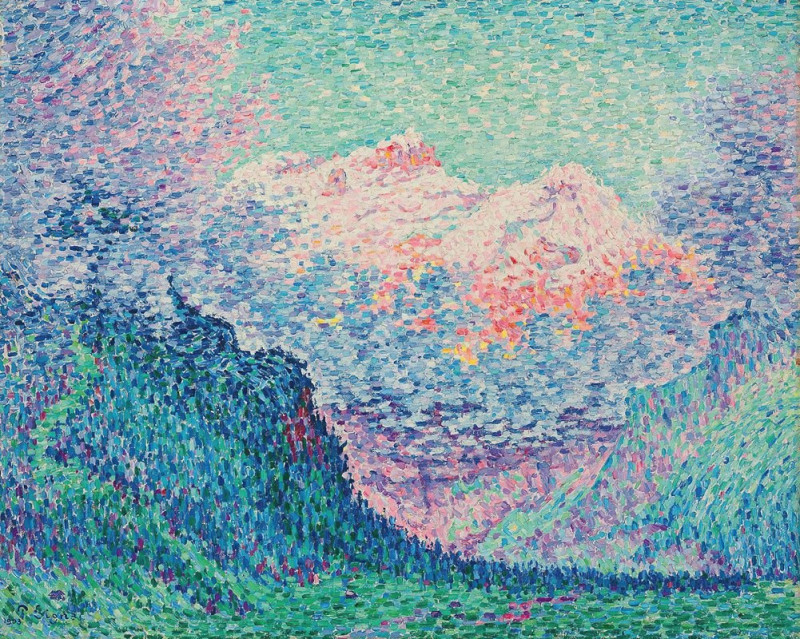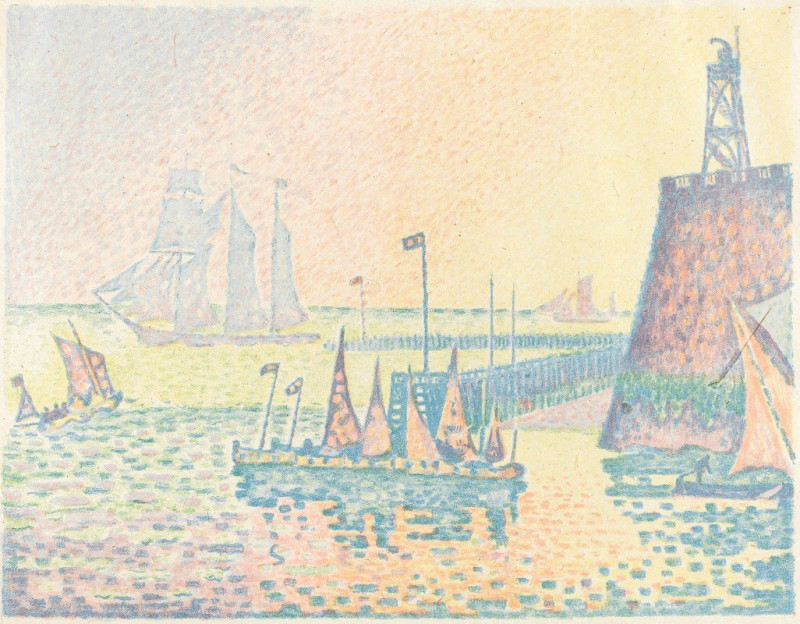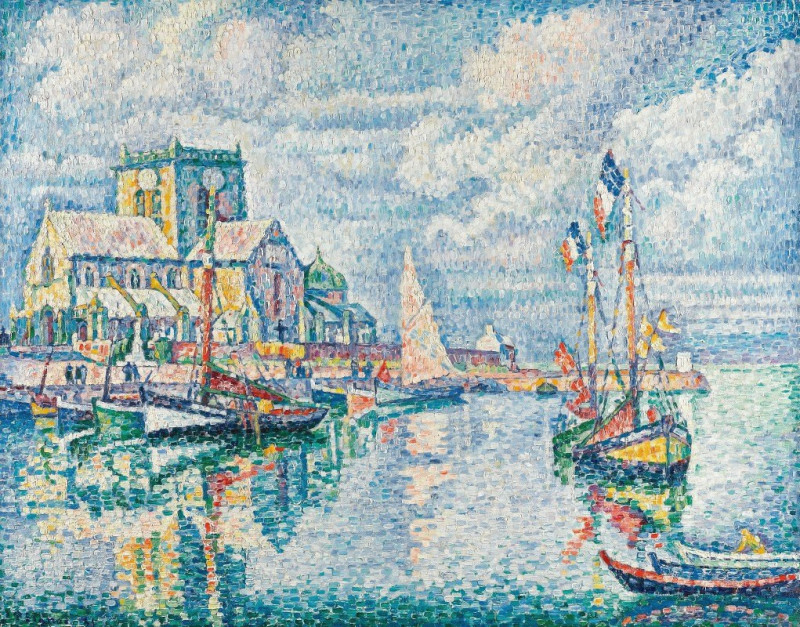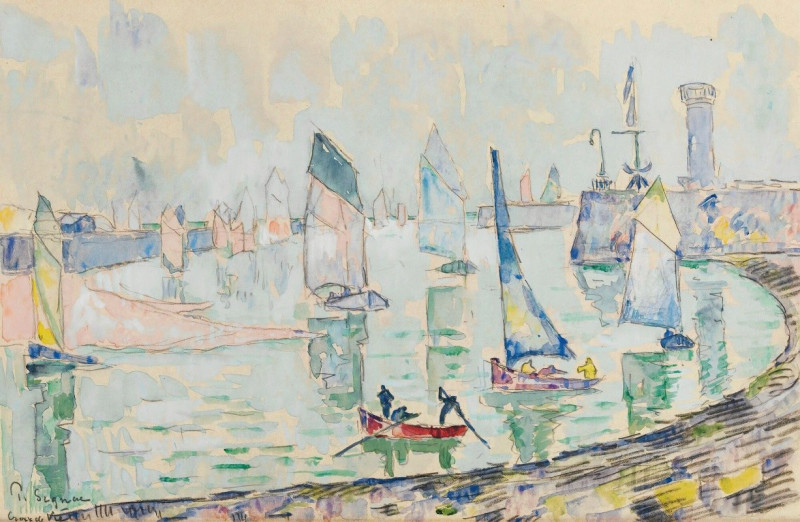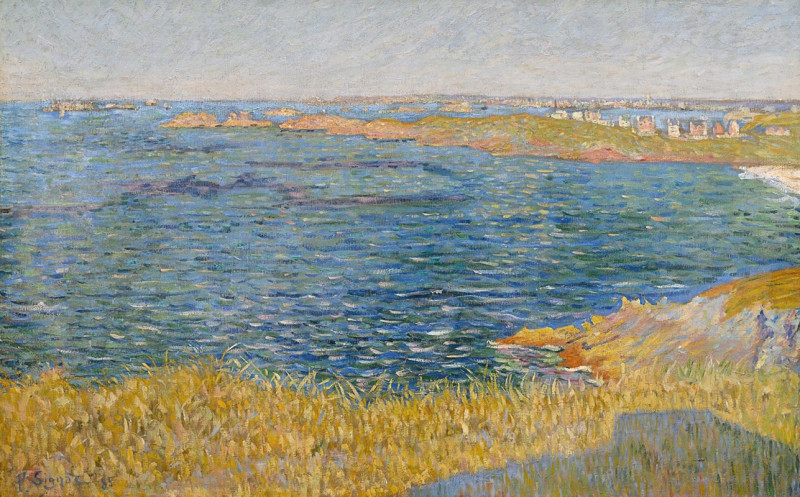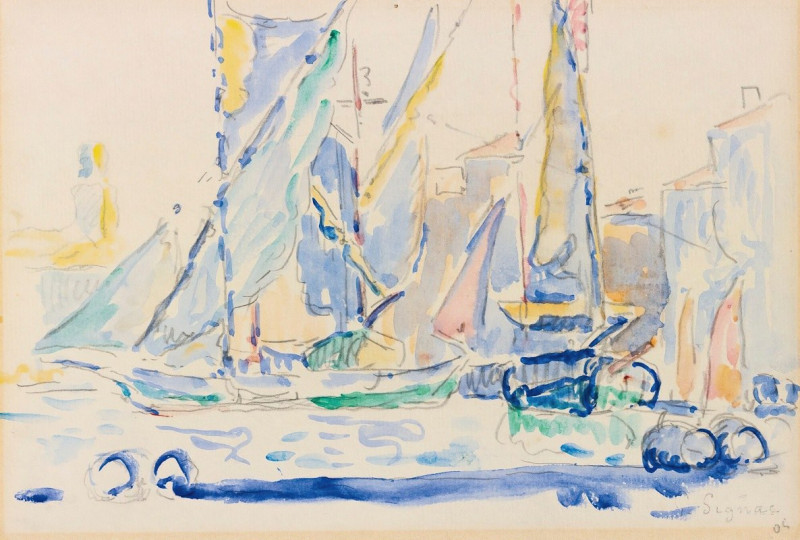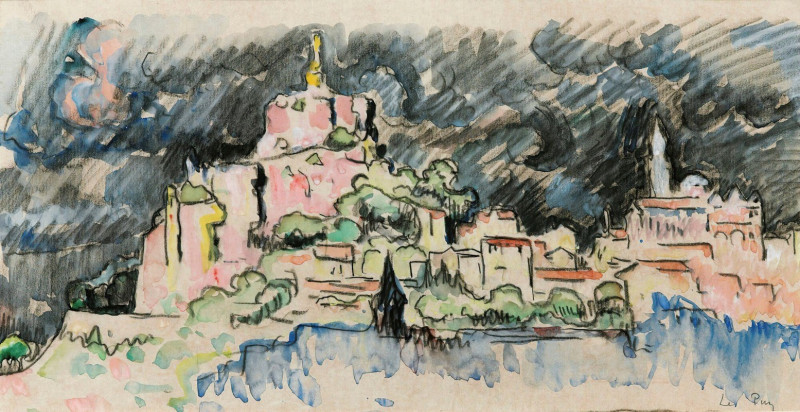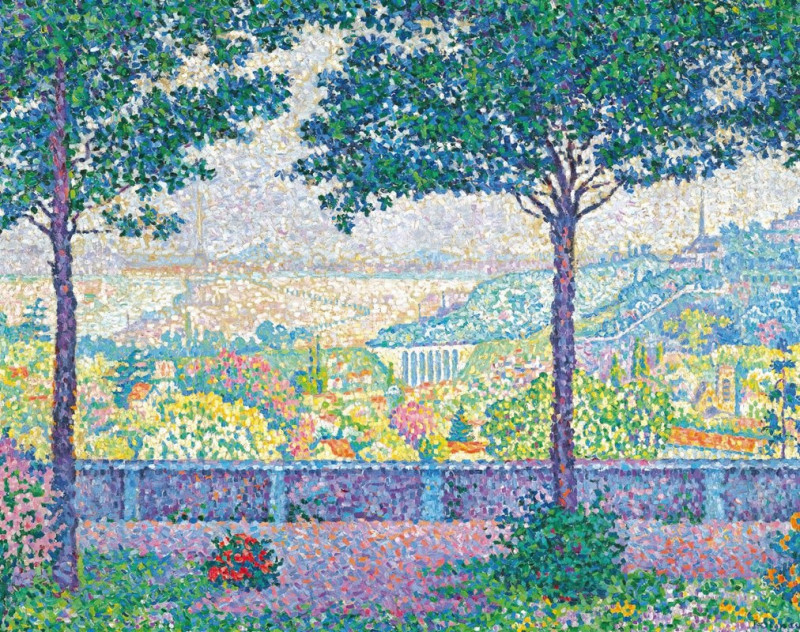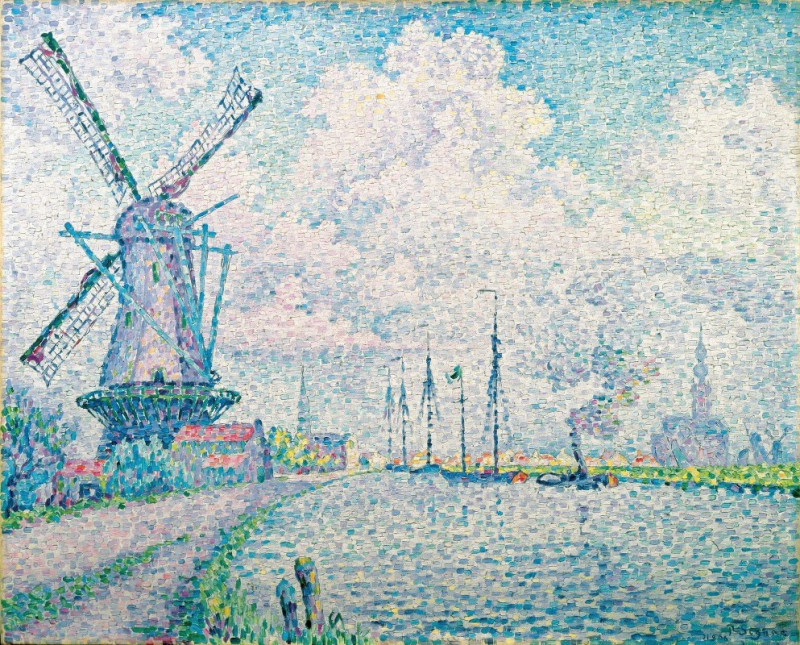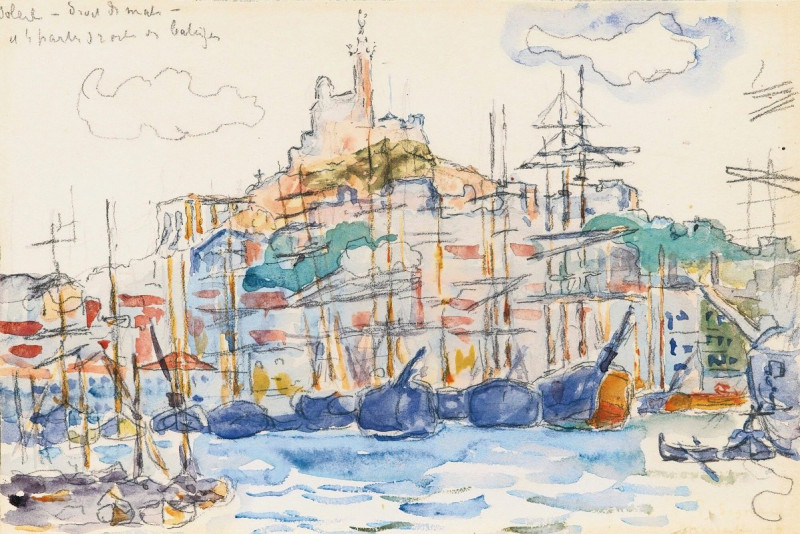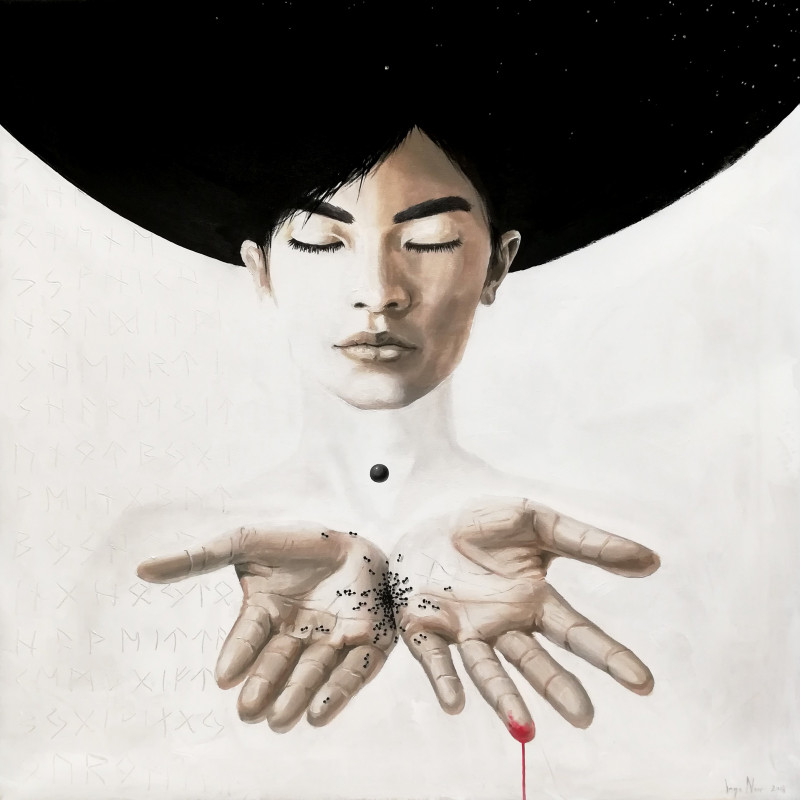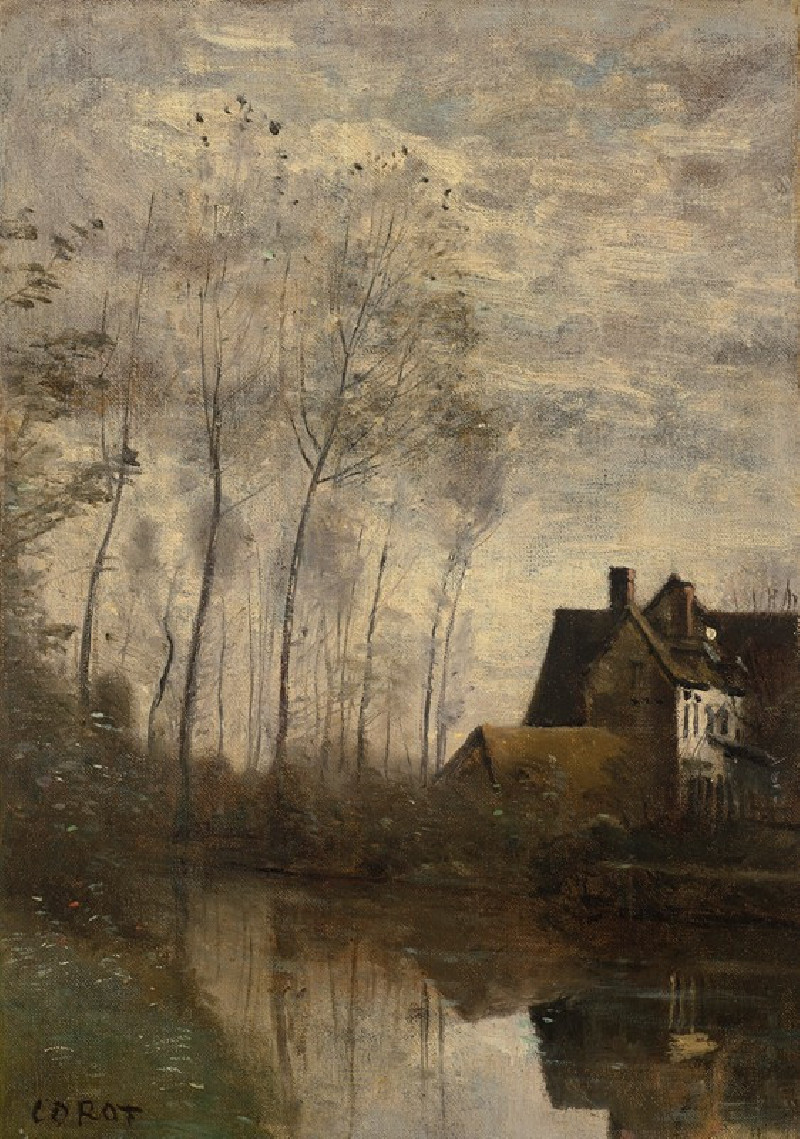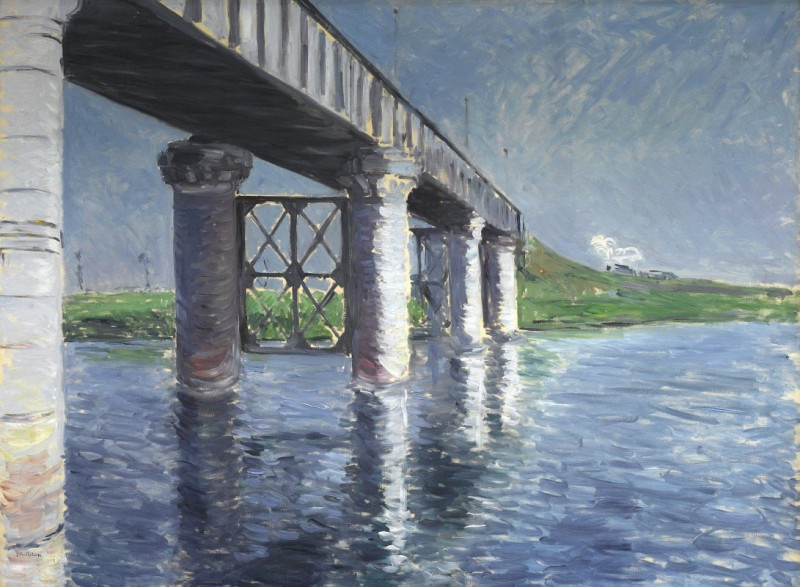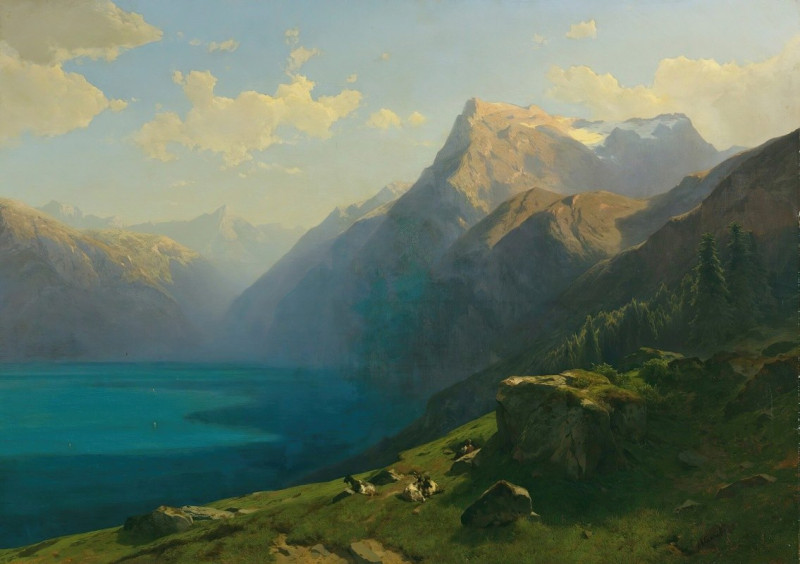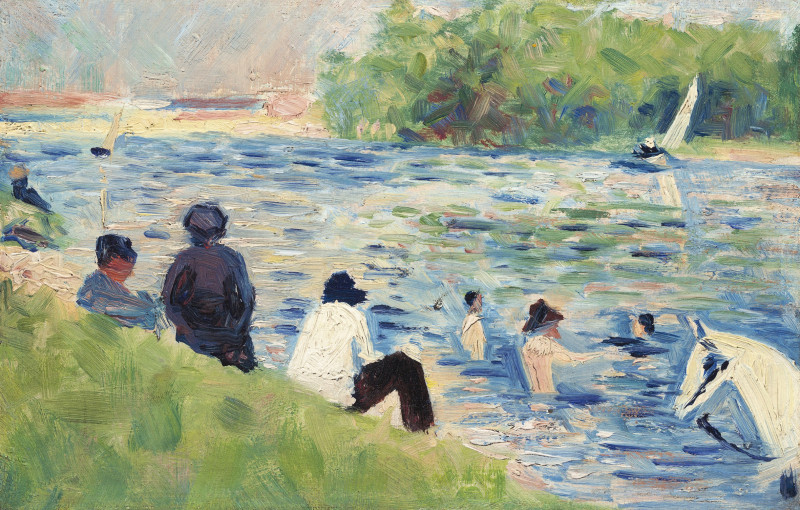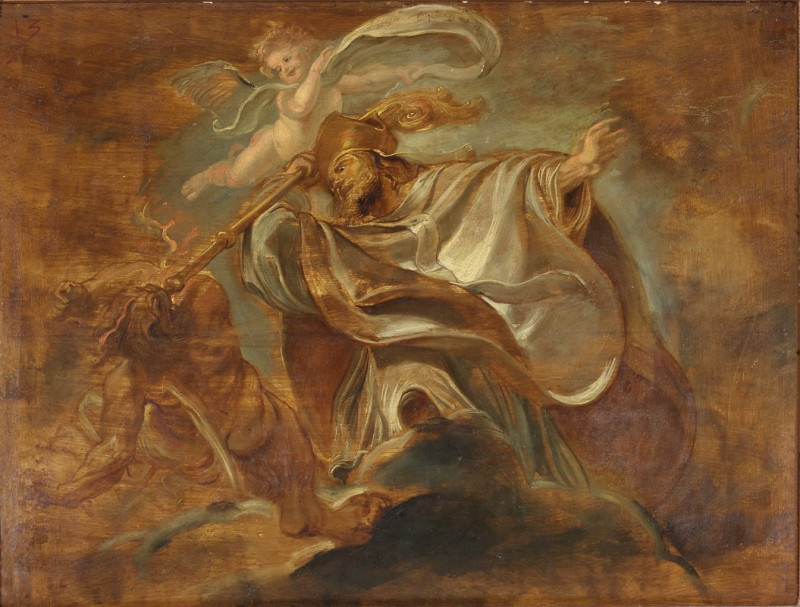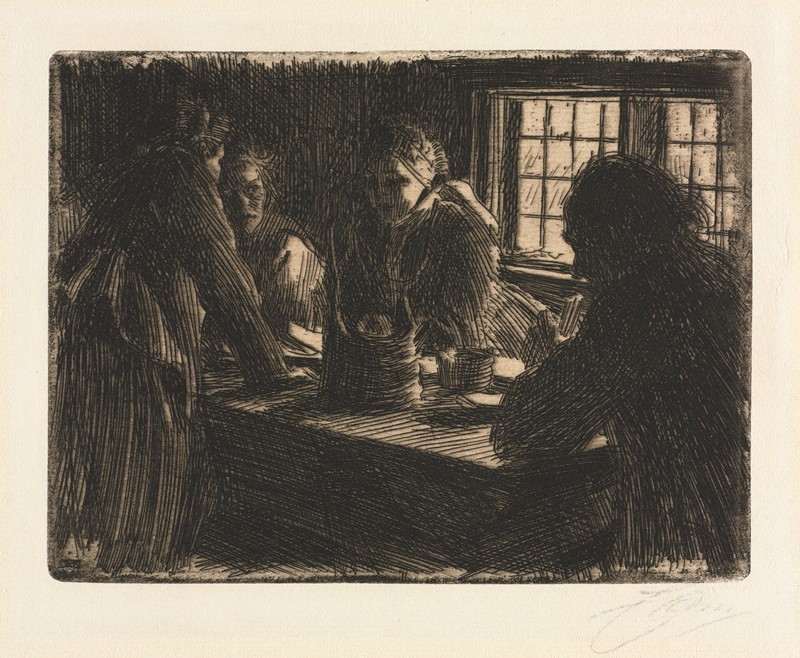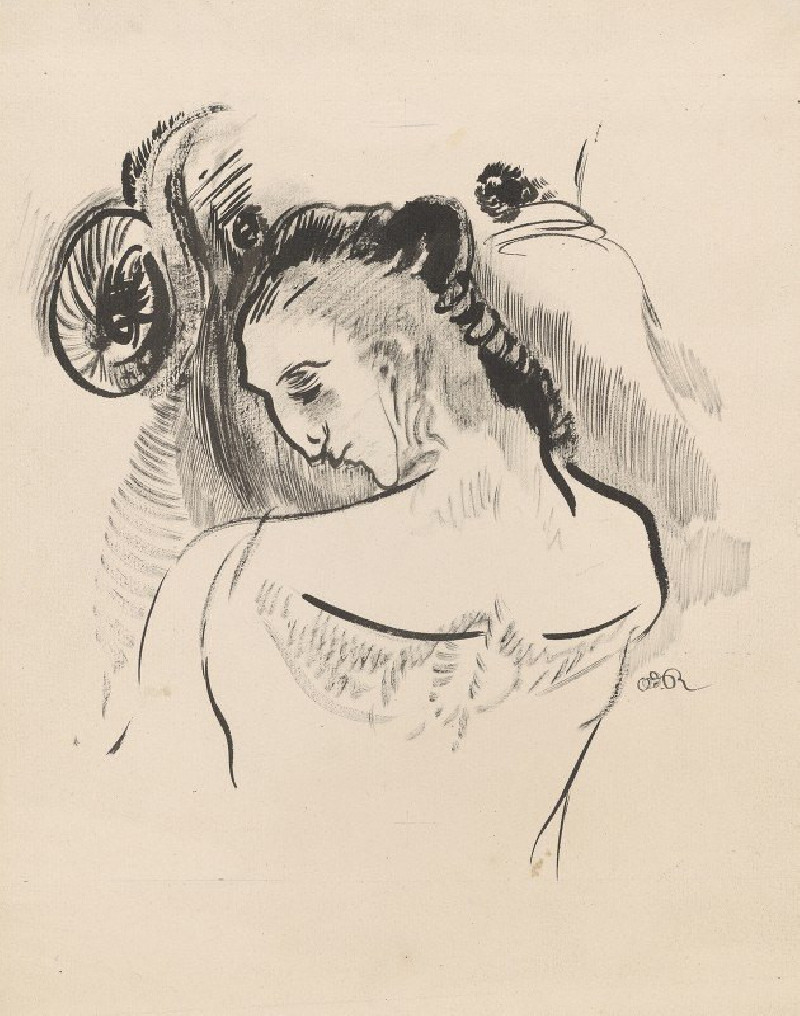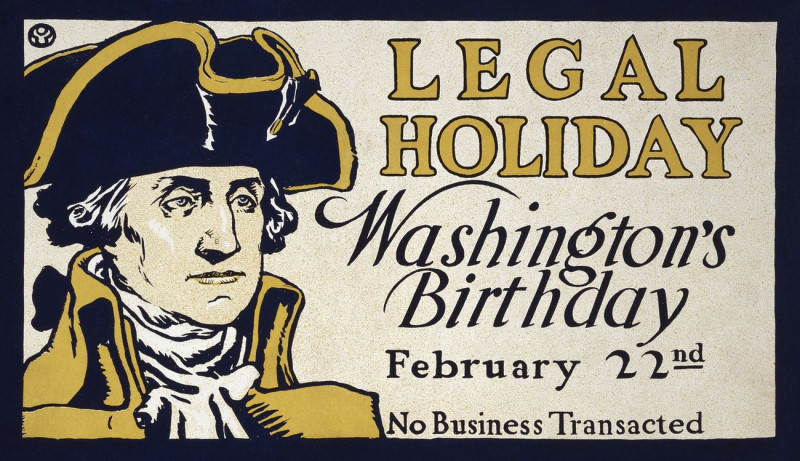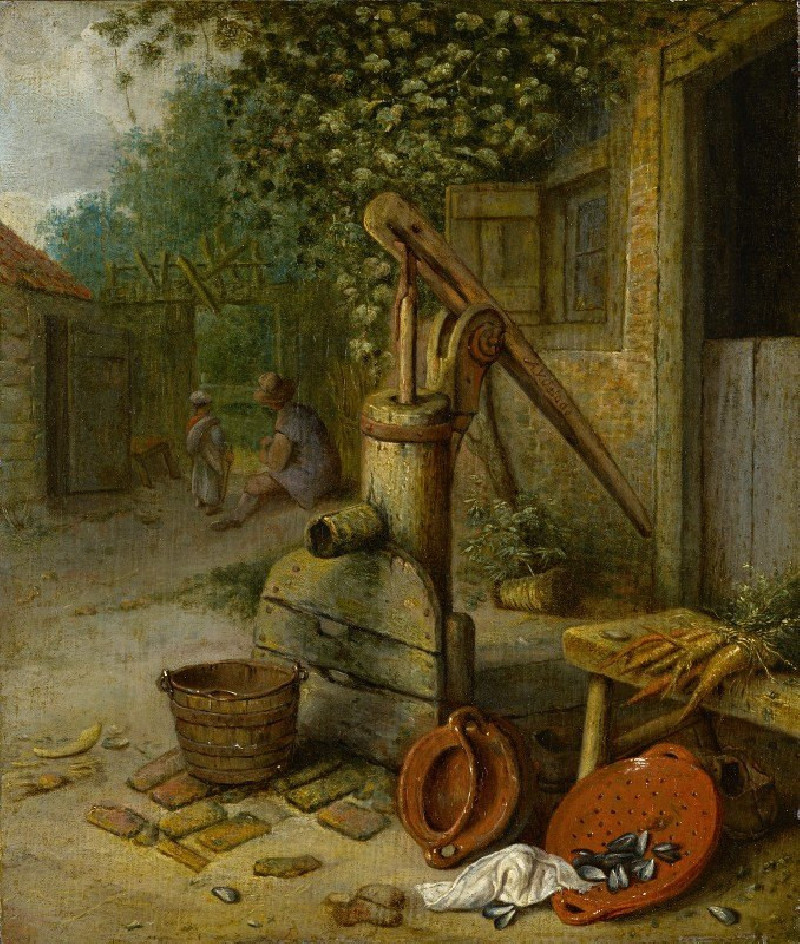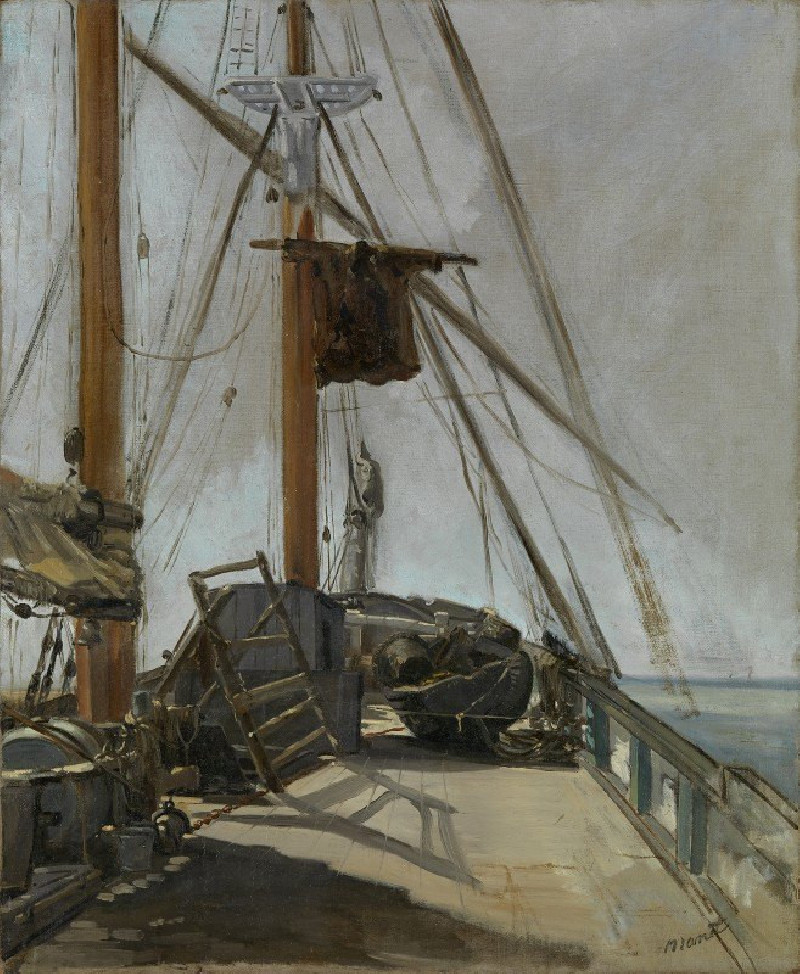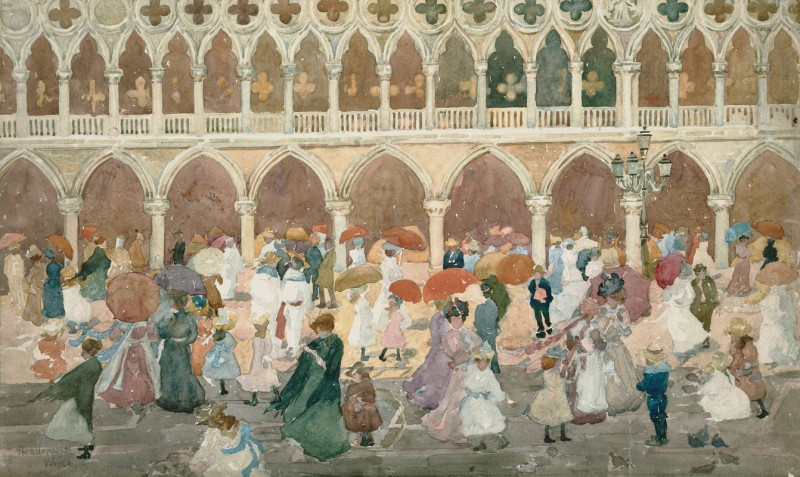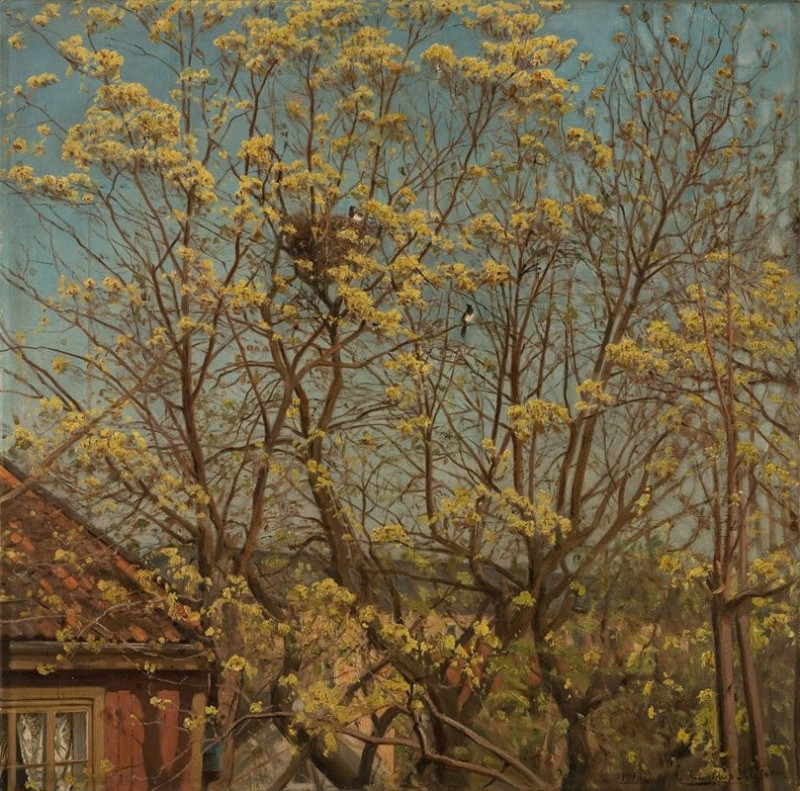La Charité Sur Loire (circa 1925)
Technique: Giclée quality print
Recommended by our customers
More about this artwork
"La Charité Sur Loire," a captivating artwork by French neo-impressionist Paul Signac, dates back to around 1925 and beautifully encapsulates the charm of the eponymous town. A notable example of Signac’s signature pointillist technique, this painting, however, slightly diverges into more fluid, sketch-like strokes that bring a gentle immediacy to the scene.The artwork offers a scenic view over the town, characterized by vibrant rooftops and the architectural splendor of its churches. Two prominent spires, elegantly soaring into the wispy, cloud-studded sky, draw the eye, symbolizing perhaps the town's spiritual heart and its historical resonance. The flowing river adds a sense of tranquility to the scene, while its bridges hint at the interconnectedness of the community.Light, both literal and metaphorical, plays a crucial role in this piece. It not only illuminates the town but also seems to cast a reflective glow on the water, infusing the painting with a sense of warmth and optimism. The soft washes of color and the straightforward composition convey a deep admiration for the landscape, inviting the viewer to linger and perhaps dream of visiting such serene locales.In "La Charité Sur Loire," Paul Signac masterfully balances detailed architectural rendering with the loose freedom of impressionist touches, making the work an inviting blend of both precision and poetic license.
Delivery
Returns
Paul Signac (1863-1935) was a French Neo-Impressionist painter. Together with Georges Seurat, Signac developed the Pointillism style. He was a passionate sailor, bringing back watercolor sketches of ports and nature from his travels, then turning them into large studio canvases with mosaic-like squares of color. He abandoned the short brushstrokes and intuitive dabs of color of the impressionists for a more exact scientific approach to applying dots with the intention to combine and blend not on the canvas, but in the viewer's eye.

